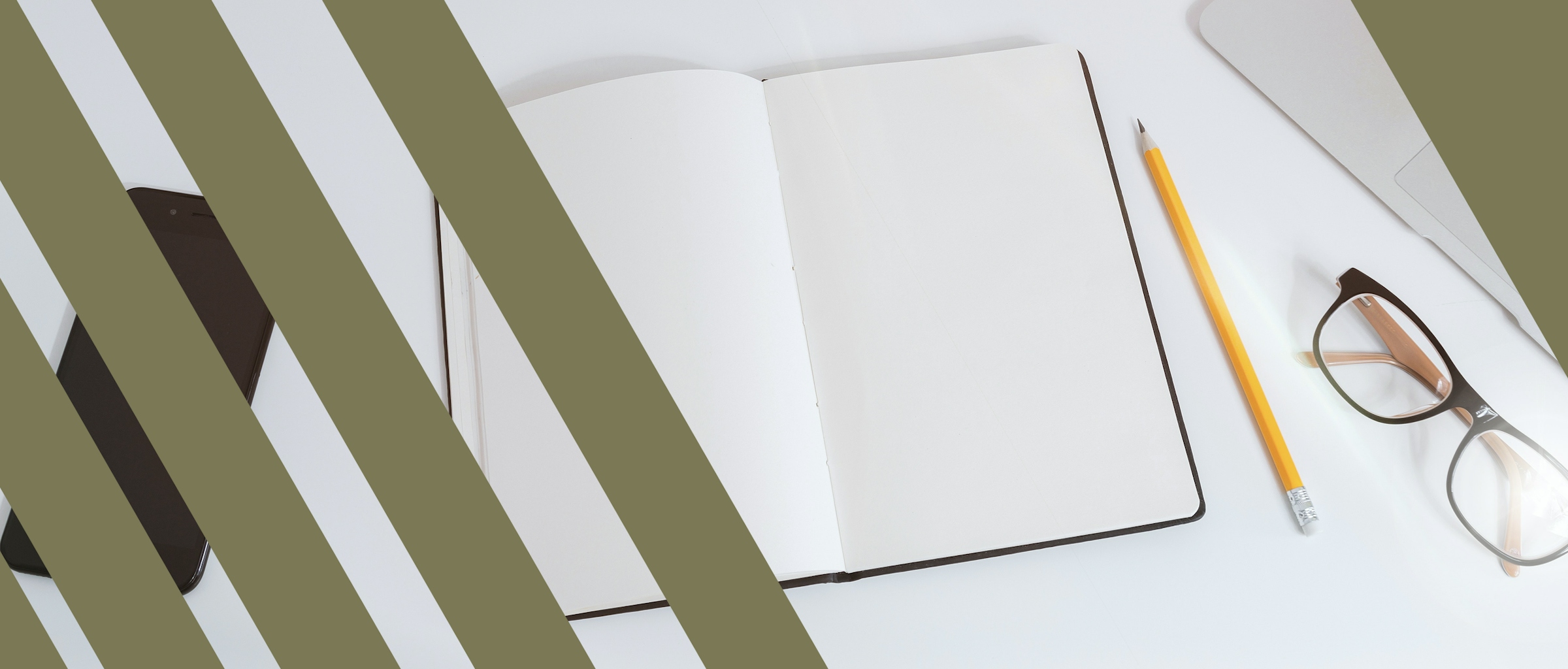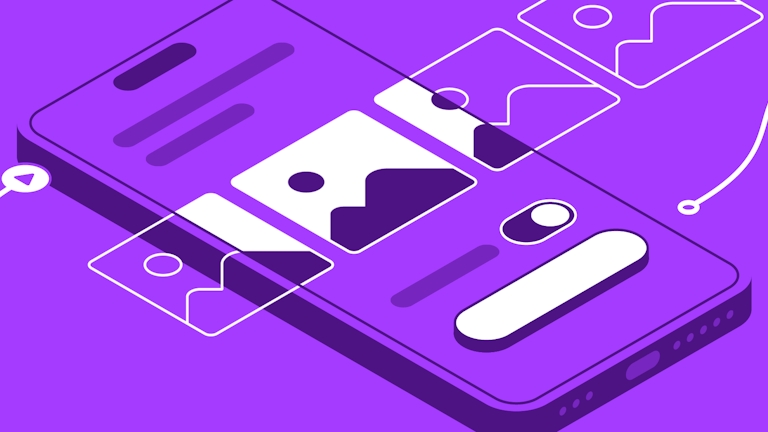It’s all fun and games until we need to work on our design portfolio. Whether you’re a new designer joining the industry or a seasoned professional, this post offers a personal perspective on creating and publishing a design portfolio.
I’ll start by uncovering the need for portfolios in our industry and sharing a three-stage mindset to help you get started or polish your existing portfolio. I hope this post sheds light on finding your strengths, falling in love with your work, and giving you the motivation to press the publish button to share your designs with the world.
Why are portfolios important?
Unlike other industries, it’s not enough to have a resume to back up your professional experience in the design field. Because the bulk of your work is visual, the best way for people to understand it is through some form of visual storytelling. For this reason, many companies, recruiters, and even colleagues expect a detailed portfolio that showcases your skills, abilities, and experience as a designer.
These days, working on a portfolio feels almost transactional, following an unspoken “portfolio” formula that makes them all look the same. The reality is that a portfolio is a personal piece of work to help you stand out and differentiate yourself from others in the field. cdm Are you ready to take on the challenge of creating a personal and unique portfolio?

Photo Cred: Israel Rodríguez
Mindset 1: Portfolios are mirrors
A portfolio is a window into your work and who you are as a designer. It should function as your mirror, making it easy for clients and potential employers to get to know you by reflecting your personality, skills and abilities.
The key to achieving that is to carefully consider all the different parts of your portfolio, from selecting projects to sharing personal takes on your skills and story.
To help you hand-pick projects that put your best foot forward, focus on:
- Quality – out of all your projects, select the ones with more meat. The deeper you can dive into a project or topic, the better.
- Relevance – evaluate your projects based on whether they showcase your current skills. And make sure to highlight your role and the impact it had on the project.
- Effectiveness – choose projects that tell a good story. Regardless of whether it was successful or not, the most crucial part is to list your learnings and reflect on what you’d do differently.
Overall, be mindful of where you are in your career. For example, if you’re starting out in the industry, turn that into a strength and a key differentiator. Write about where you’d like to be in the future and which skills you’d like to grow. That can-do attitude alone could be the tie-breaker between you and other budding designers.
Whether the project is successful or not, the most crucial part is to list your learnings and reflect on what you’d do differently.
Mindset 2: Format and content are tools of communication
Recruiters and potential clients will form an opinion about your work in a short time. You’re more likely to make a good impression if your portfolio is eye-catching and accessible — which is a challenging balance to strike.
Take your time to find a way in which you are comfortable showcasing your work.
Landing pages
One effective way to build a portfolio is to create a landing page for it. You can play around with parallax effects and easily include links to projects that might be live on a client’s website. A portfolio is meant to serve as a comprehensive look into your work and who you are. While you might be able to express yourself fully in a PDF, landing pages let you play around with interactions and offer a wider range of customization options.
Case studies
Case studies are your space to shine and be unique while creating a story around your projects. There’s no one-size-fits-all for case studies. Typically, case studies follow a problem-solution formula, but I encourage you to break the mold to make your work stand out.
Here are some examples of what you can do:
- Write a personal story about your experience while working on a given project
- Record a video walkthrough of the design process where you share your perspective
- Add links to your public design files for a behind-the-scenes look into how you organize your design work.
There’s no right or wrong when it comes to presenting your work. The important thing is to get out there and experiment with different mediums and formats until you find what ticks.
Case studies are your space to shine and be unique while creating a story around your projects.

You can also enhance your portfolio by adding links to interviews and thought leadership articles you’ve published.
Mindset 3: Optimization equals growth
The design industry is constantly changing and expanding into new fields as technology evolves — which calls for constant optimization of both our designs and ourselves. As I mentioned, portfolios are a mirror for designers. They let us reflect what we’ve learned, the projects we’ve worked on, and the new professional challenges we’re seeking to take on. In that sense, portfolios become an ever-changing piece of work that develops together with you.
Every step in your design career comes with a new way to present your portfolio. It can feel tedious to be constantly “optimizing”, but each update is an opportunity to show future clients and recruiters what you have to offer.
Portfolios become an ever-changing piece of work that develops together with you
Staying relevant is more than adding content and improving on your portfolio’s design. It’s also a chance to remove or replace old work that is no longer a reflection of your skills and focus on new projects. So think of it as leveling up!

My first portfolio around 2010 was a printed document – nowadays, in 2023 I keep all my projects up-to-date and organized on a personal website.
TL;DR
Here’s a quick summary of the post in case you’re in a hurry.
- Portfolios are essential to succeed in the design industry, but they’re also a great way to better understand yourself and your career trajectory.
- Your portfolio should function as a mirror, reflecting who you are as a person and a designer.
- Format and content are important — use them as tools to communicate your personality and vision.
- Don’t be afraid to break the mold, and make use of landing pages and case studies to enhance your portfolio.
- Optimize your portfolio to keep your achievements and growth up-to-date.
I hope these tips help you build a portfolio you’re proud of and feel comfortable sharing. Want to continue learning? Check out some of our other useful resources linked below👇



